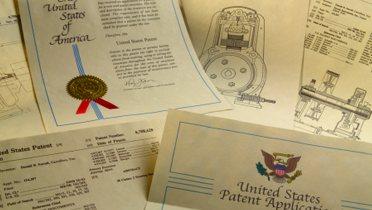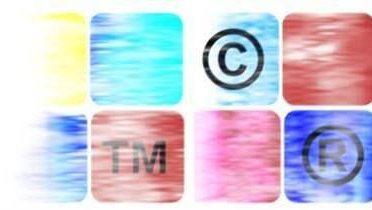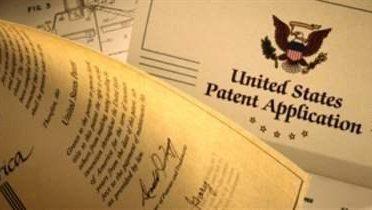Editor’s Note: This is the second of a series of articles on the America Invents Act (AIA), the sweeping patent reform legislation signed into law in September 2011.
As I explained in the first post in this series, the AIA replaces the “first-to-invent” system with what is commonly called a “first-to-file” system. The first-to-file rules will apply to patent applications with an effective filing date of March 16, 2013 or later. In this post, I’ll describe why filing patent applications between now and March 2013, while the first-to-invent rules are still in place, can provide some significant benefits.
One reason to file before the changeover is that the outgoing first-to-invent system really does favor the first inventor. Under this system, an earlier inventor who files a patent application later than a competitor can win the patent by using documentation such as source code backups and lab notebooks to show when the invention was conceived. By contrast, under the first-to-file system, the protective power of internal documentation of company inventions will be substantially reduced.
But there’s also a second, less widely appreciated, benefit: By filing prior to the March 2013 transition, inventors can extend the advantages of the first-to-invent system for years into the future. This is due to a feature of the U.S. patent system that wasn’t altered by the AIA, but that will take on increased importance now that the first-to-invent system is being phased out: An inventor can file a chain of multiple, interconnected patent applications over a period of many years. (In formal terms, the filings in the chain are called “continuations” or “divisionals.”) If done properly, the “effective filing date” of the entire chain of applications is locked in as the date of the first application.
What does this have to do with patent reform? A lot. To see why, consider what happens when a chain of patent applications spans the critical March 2013 transition date. If the original application is filed before that date, then it, along with related future applications (if filed as continuations or divisionals), are grandfathered into the first-to-invent system. The bottom line: Inventors who file before the transition get to access the first-to-invent system not only for their original patent application, but also for certain patent applications filed after the transition.
Companies should proactively manage their intellectual property (IP) strategy between now and next March to make the most of this opportunity. This involves not only identifying and properly documenting patentable innovations, but also filing patent applications that will create a flexible set of options for handling IP in the months and years after the changeover to first-to-file. These filings can become a vital company asset, and can significantly boost the value of a company during M&A discussions.
Here are a few additional points to help companies make the most of the critical period between now and next March:
- When filing patent applications that might serve as the basis for follow-on continuation or divisional applications, it is critical to include enough information to fully support the invention claims made in the follow-on applications. You can’t file a patent application that is devoted to describing a better mousetrap, and then use that as a basis for a continuation application for a better birdfeeder.
- However, there is a balance: Disclosing a lot of unnecessary information (i.e., more than required to enable someone to reproduce the invention) can be problematic. Patent applications are typically published 18 months after they are filed. Putting information in an application that never gets “cashed in” down the road to obtain a patent can expose ideas to the world that might otherwise have remained trade secrets.
- The option to file a continuation (or divisional) application doesn’t live forever. Once a patent application either becomes an issued patent or is abandoned, it can no longer be used as the basis for a later application. Companies should carefully track their pending applications, and make further filings with the U.S. Patent and Trademark Office (PTO) as appropriate to maintain what is referred to as a “pending continuation application.”
- Pending continuations can be important components of an enforcement strategy. A competitor can always attempt to exploit a loophole in the claims of an issued patent to avoid infringement. With a pending continuation on file, a new set of claims can be submitted that close the loophole and increase the likelihood that the intellectual property rights of the patent owner will be successfully enforced.
- In principle, provisional patent applications filed less than a year before March 16, 2013 can also be used to generate options in a manner similar to that described above. However, while regular (nonprovisional) patent applications often spend several years pending in the PTO, the window created by filing a provisional application closes after one year. In addition, a provisional can be more vulnerable to date challenges. Under certain date combinations, a successful challenge could prevent the resulting patent from realizing the benefits of the first-to-invent system.
The nuts and bolts of getting this all right can be very complex. It’s important for companies wishing to create these sorts of intellectual property options to work with a good patent attorney or patent agent. However, the upshot is simple: Patent applications filed before the first-to-file changeover next March can be a vital component of an overall strategy to build company value.



Commentary
Op-edWhy Companies Should File For Patents Now
March 22, 2012